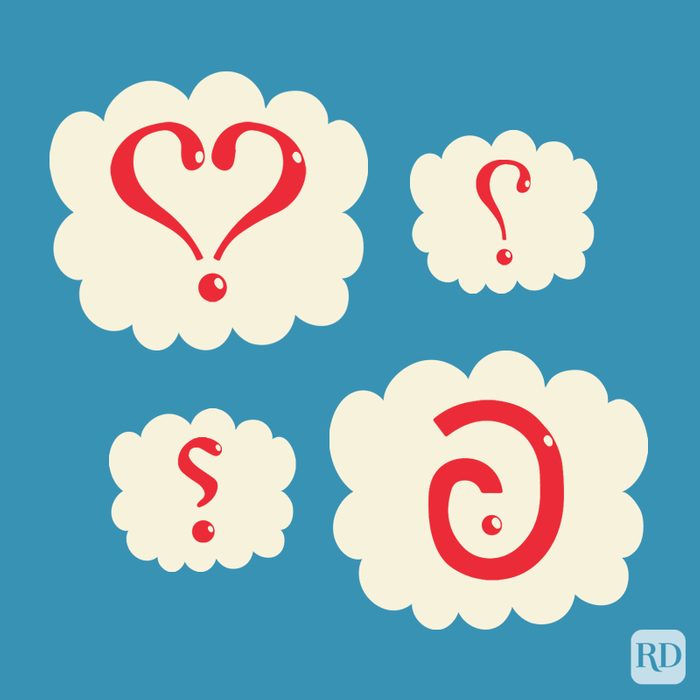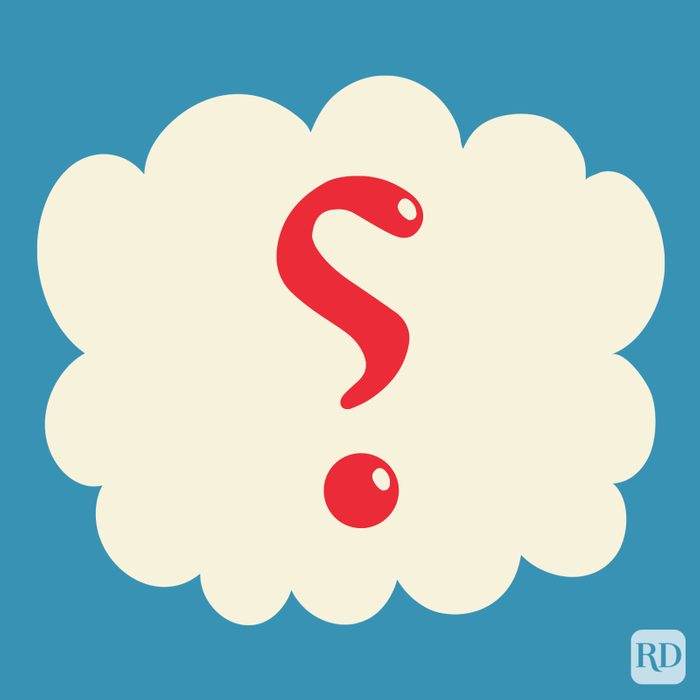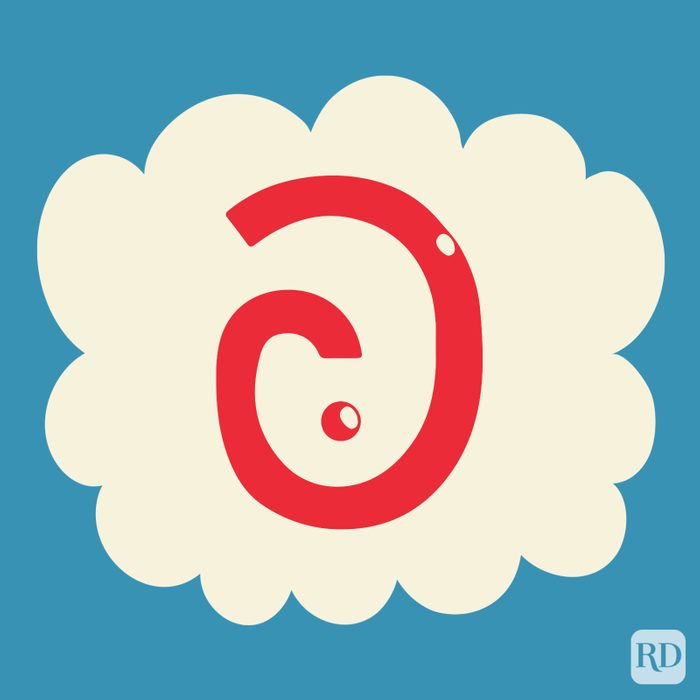Tired of ending your sentences with a boring period or exclamation point? Try one of these uncommon punctuation marks instead, and impress your grammar-loving friends.

12 Little-Known Punctuation Marks More People Should Be Using


Interrobang
While the combination of a question mark and exclamation point can be effectively replaced by using one of each (“She did what?!”), that somehow lacks the punch of throwing these punctuation marks on top of each other to finish your thought. Besides, who among us doesn’t want to say “interrobang” more often?!

Irony mark
The irony mark, first printed in the mid-1800s, precedes a sentence to indicate its tone before it is read (much like some Spanish punctuation marks). The intent: Beware of crafty double meanings—and arched eyebrows—to follow. While this backward question mark is relatively young, writers have been proposing irony symbols since the 1600s.

Snark mark
Need to indicate you’re being a petty jerk? Add a snark mark to your correspondence by typing a period, followed by a tilde. Example: “Nice shoes. I bet you got a great deal on them.~”

Percontation point, or rhetorical question mark
The backward question mark was proposed in the late 1500s as the ending to a rhetorical question. So clever! Who knew?

Love point
The equivalent of punctuating your prose with an emoji heart, the love point is two canoodling question marks sharing a period. Try it after sentences such as “Happy anniversary” and “I love my cat.” (Only a cynic would note the subtext of using question marks to express ardor.)

Certitude point
A mom favorite, the certitude point conveys total conviction, as in: “We are not going to the zoo and that’s FINAL!”

Doubt point
The opposite of the certitude point, this zigzag adds skepticism: “You think you’re going to the zoo?”

Acclamation point
The French author who proposed this mark, in 1966, described it as “the stylized representation of the two small flags that float at the top of the bus when a head of state visits.” (How strangely specific.) According to the Mirriam-Webster dictionary, acclamation means a loud eager expression of approval, praise or assent, so you could use it to say “I’m glad you could make it!”

SarcMark
The SarcMark (short for “sarcasm mark”) is actually the trademarked creation of a man named Douglas Sak, who markets it as “the official, easy-to-use punctuation mark to emphasize a sarcastic phrase, sentence or message.” Yeah, the world needs more ways to be sarcastic.

Asterism
This triangular pile of asterisks has been used to divide subchapters in books and to indicate minor breaks in long text. Sadly, most books these days just use three stars in a row for breaks within chapters (***) or simply skip an extra line.

Exclamation comma & question comma
Want to show delight or confusion without ending your sentence? Slip in one of these bad boys! Once patented like the SarcMark, these comma cousins have been free since 1995.
Why trust us
At Reader’s Digest, we’re committed to producing high-quality content by writers with expertise and experience in their field in consultation with relevant, qualified experts. We rely on reputable primary sources, including government and professional organizations and academic institutions as well as our writers’ personal experiences where appropriate. We verify all facts and data, back them with credible sourcing and revisit them over time to ensure they remain accurate and up to date. Read more about our team, our contributors and our editorial policies.
Sources:
- BBC: “Five forgotten punctuation marks”
- Mirriam-Webster Dictionary: “Acclamation”
- Grammarly: “Say Hello to the Exclamation Comma: The Punctuation Mark You Never Knew You Needed”
- Telegraph: “SarcMark inventors make thousands from sarcasm punctuation mark in first week”
- ThoughtCo.: “Understanding Percontation Punctuation Marks”



















